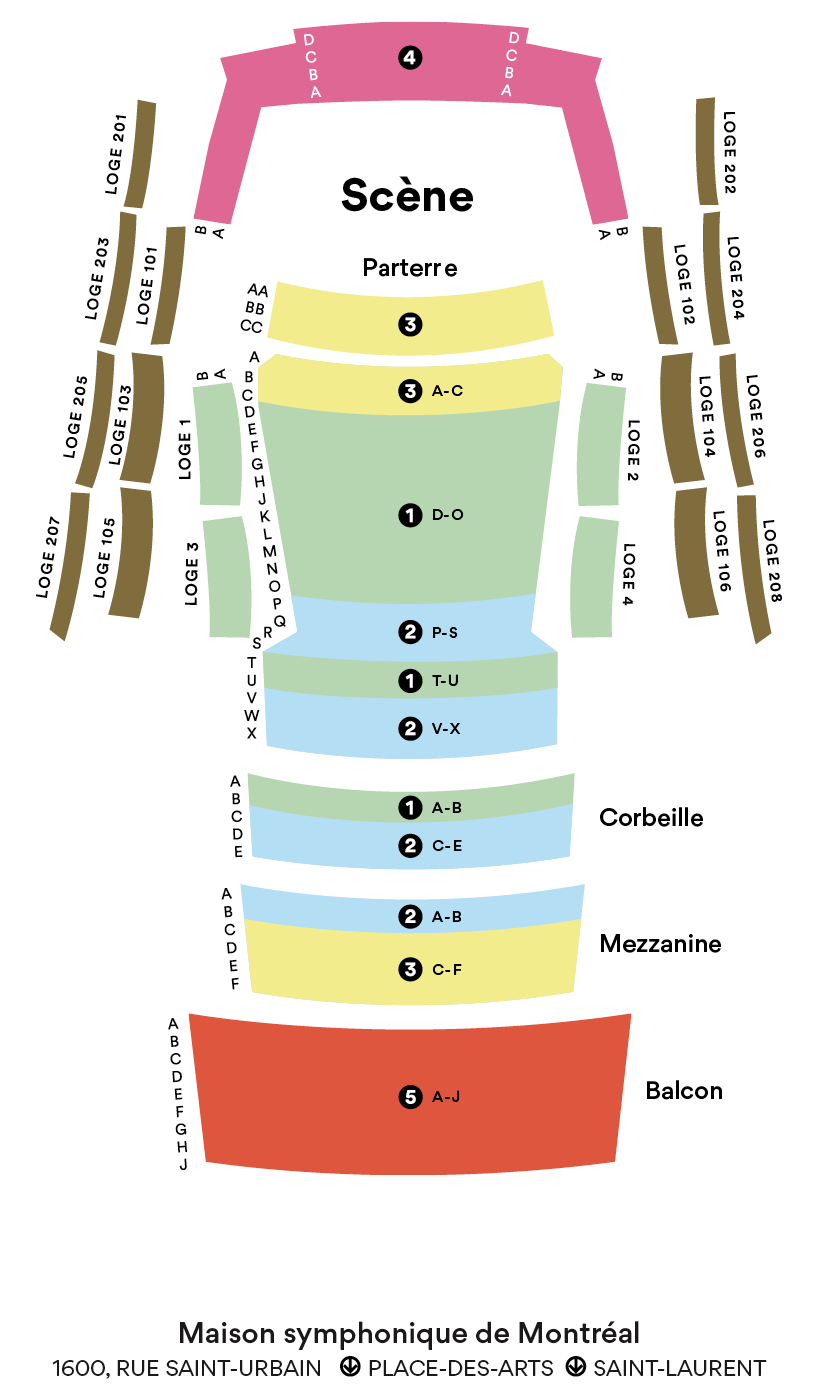Symphony No. 5 in E-flat major
Sibelius
1865 – 1957
“For me, the crucial aspect of his work remains his conception of continuity.” – Magnus Lindberg
Born in Hämeenlinna, Finland, in 1865, Jean Sibelius was introduced to music by an uncle, who gave him his first violin. After abandoning law studies, he enrolled at the Helsinki Music Institute before moving on to Berlin and Vienna, where he heard Bruckner and Dvořák, among others. In 1863, he was appointed a teacher of violin and theory at the Helsinki Conservatory, which did not prevent him from embarking on the occasional tour, including of the United States. In 1928, however, he ended all musical activities, imposing on himself a near total silence that would last nearly three decades until his death in 1957.
With many of his early symphonic works being based on Finnish legends, Sibelius quickly came to be seen as a national musician whose “music was valued as a political act during this troubled period in his country’s history” (François-René Tranchefort), when Finland gained, not without struggle, its independence from Russia. But Sibelius was by no means a “folklore” musician, and his style soon became more international, influenced as much by the German post-Romantics as by Debussy. Having retreated to his villa in Järvenpää in 1904 and receiving a government grant, he built a catalogue of highly original works that “reveal themselves as an anguish of ‘pure music.’”
Premiered in its first version on December 8, 1915, but reaching its final form only four years later, the fifth, “sunny and marked by a clear will to power,” is “the most Beethovenian” (Marc Vignal) of Sibelius’s seven symphonies. Its highly original opening movement is based on four thematic elements, the first played on the winds. On entering, the strings provide support before breaking into gusts. Tempo changes, assertive colours, peaks of intensity – all converge toward an energetic coda over an indefatigable and quickening ternary rhythm. With its pizzicato theme taken up by the flutes and its radiant developments, the ensuing Andante is as light as air, despite harmonic friction from the winds in superimposed layers and a short, more meditative episode. The concluding Allegro molto stacks two themes, the first frenetic, on the strings backed by the winds, and the second calm and majestic, on the brass. The movement slows into a more lyrical passage before gaining power and ending with six huge chords cast into the silence.
© 2022 François Filiatrault
Translation by Craig Schweickert
